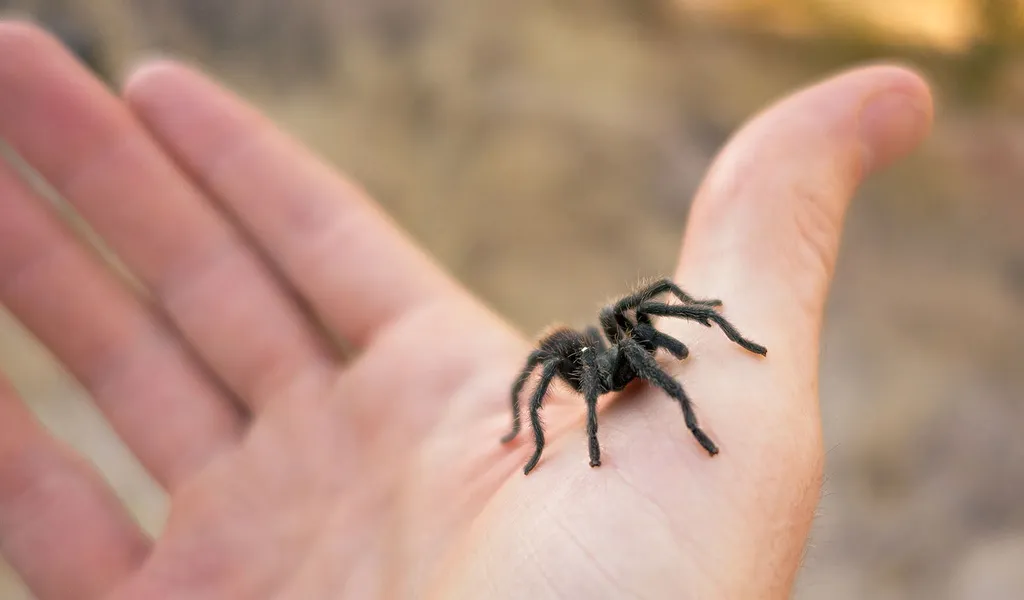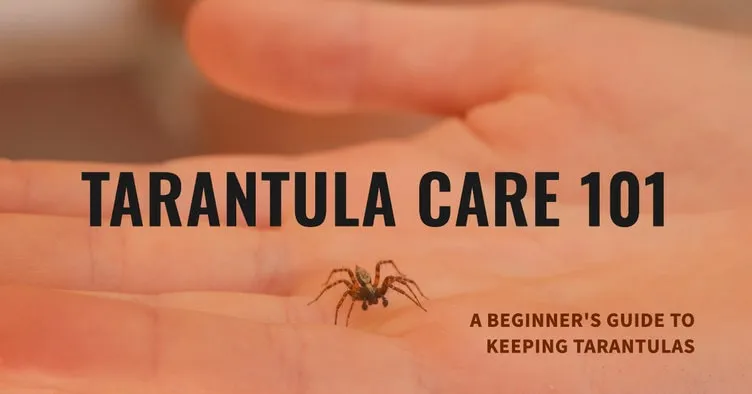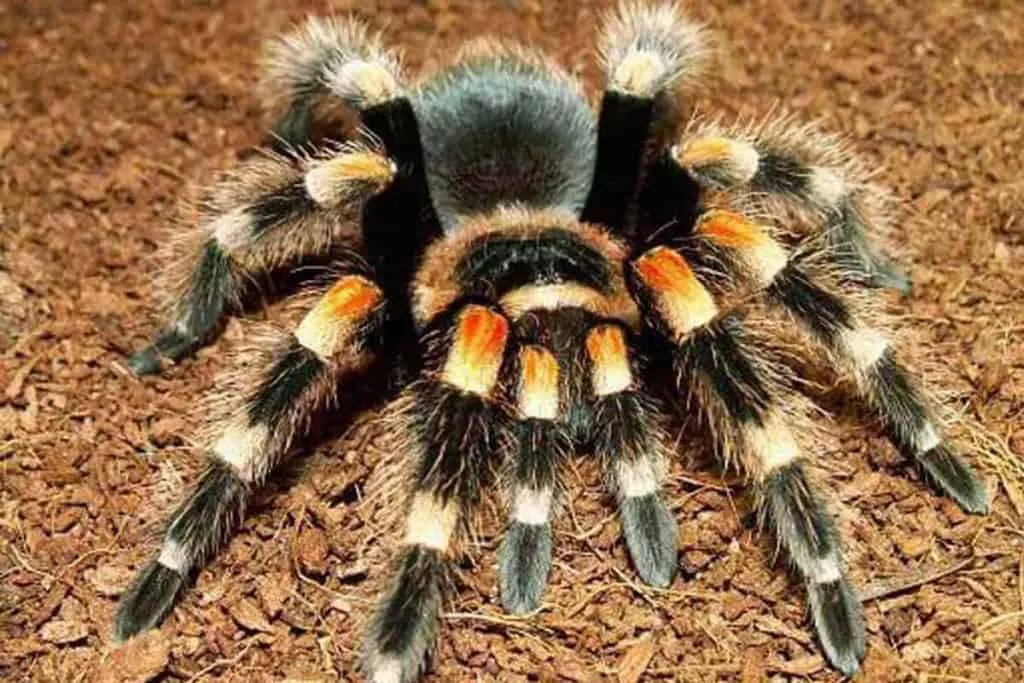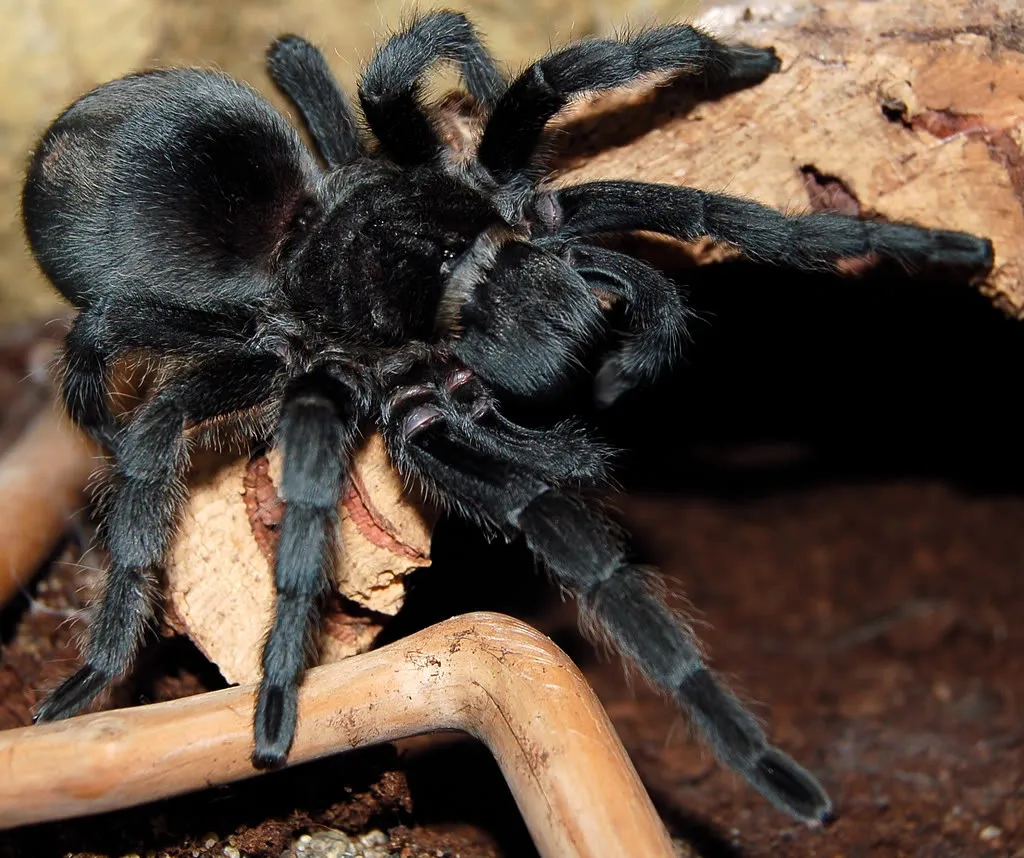Top 5 Things Beginners Need for Tarantulas as Pets
Bringing a tarantula into your home as a pet can be an incredibly rewarding experience. These fascinating creatures offer a unique perspective on the animal kingdom, and their care can be quite manageable with the right knowledge. However, it is crucial to understand their specific needs to ensure their well-being and your safety. This guide for beginners will help you navigate the essentials, providing a solid foundation for successful tarantula ownership and enjoyment. Before you bring one home, it is essential to do thorough research, considering all aspects of care including their needs to ensure your new pet thrives.
Understanding Tarantula Species
Not all tarantulas are created equal when it comes to pet suitability. Some species are more docile and beginner-friendly than others. The most popular choices for beginners often include the Chilean Rose Hair tarantula (Grammostola rosea), the Mexican Red Knee tarantula (Brachypelma hamorii), and the Pinktoe tarantula (Avicularia avicularia). These species are known for their relatively docile temperaments, slower movements, and less potent venom, although caution is always necessary. Researching different species’ size, temperament, and care requirements is vital before making a purchase. Knowing how large the tarantula will grow and its specific environmental needs will help you prepare properly.
Choosing the Right Tarantula for Beginners

When selecting your first tarantula, consider factors like size, temperament, and availability. Smaller, more docile species are generally recommended for beginners. Consider the tarantula’s origin, since different species have different care needs. Avoid species that are known for being fast-moving, defensive, or have potent venom. Before buying, observe the tarantula at the pet store or breeder. A healthy tarantula should be alert, and have a full abdomen. Make sure to avoid specimens that appear thin, lethargic, or have any visible injuries. Ensure you have a good understanding of the adult size of the tarantula and the space you can provide.
Handling and Safety Considerations
While some tarantulas are docile, handling should be kept to a minimum, especially for beginners. Tarantulas are fragile, and a fall from a height can be fatal. Also, handling can stress the spider, and provoke a defensive bite. If handling is necessary for cleaning or enclosure maintenance, do so cautiously and close to the ground. Always wash your hands before and after handling, and never handle a tarantula if you have open wounds. Be mindful of the spider’s behavior. If it displays a defensive posture, like raising its front legs or flicking hairs, it is best to leave it alone. Be aware of potential allergic reactions to urticating hairs, which can cause skin irritation.
The Importance of a Proper Enclosure
The enclosure is your tarantula’s home, and its design significantly impacts its health and well-being. A proper enclosure provides a secure and comfortable environment, allowing the tarantula to thrive. This includes considerations of size, substrate, and the presence of hiding places. Correct ventilation, temperature, and humidity are also crucial for a healthy environment. A well-designed enclosure mimics the tarantula’s natural habitat, reducing stress and promoting normal behaviors, like feeding and molting. The right enclosure will also make it easier to maintain the environment and observe your tarantula’s behavior.
Size and Type of Enclosure

The size of the enclosure should be appropriate for the tarantula’s size. A general rule is to provide a space that is roughly twice the tarantula’s leg span in width and length, and at least three times the leg span in height for terrestrial species. For arboreal species, height is more critical. Choose a secure enclosure with a tight-fitting lid to prevent escapes. Glass terrariums or plastic enclosures with good ventilation are common choices. Ensure the enclosure is made of non-toxic materials that will not harm your tarantula. Consider the adult size of the tarantula when choosing the enclosure, as it needs to accommodate its full size comfortably.
Substrate and Decor for Tarantulas
The substrate is the bedding material that lines the bottom of the enclosure. It serves several purposes including providing a comfortable surface for the tarantula, helping to regulate humidity, and allowing the tarantula to burrow. Good substrate options include a mix of coconut fiber, peat moss, and a small amount of vermiculite. Avoid substrates like sand or gravel, which can be difficult for the tarantula to navigate and maintain. Decor such as cork bark, artificial plants, and hides offer places to hide and feel safe. Be sure to secure any decorative items to prevent them from falling and injuring the tarantula. Provide a water dish, and ensure it is shallow enough to avoid drowning, but always accessible.
Setting Up the Enclosure
Before introducing your tarantula to its new home, set up the enclosure completely. Add the substrate, arrange the decor, and place a water dish. Make sure the enclosure is properly ventilated. Provide a temperature gradient using a heat source if necessary, and measure the humidity levels with a hygrometer. Ensure the enclosure is in a stable location, away from direct sunlight and drafts. Once the enclosure is set up, let it settle for a day or two before introducing the tarantula. Regularly monitor the conditions inside the enclosure, making necessary adjustments to maintain optimal temperature and humidity levels, as well as a healthy environment for your tarantula.
Proper Tarantula Feeding and Hydration

Feeding and hydration are critical aspects of tarantula care. A well-fed and properly hydrated tarantula is a healthy tarantula. Understanding the right diet, frequency, and how to provide water is essential for ensuring the well-being of your pet. These spiders require specific food items and environmental conditions to thrive. Providing the right food at the appropriate intervals, along with access to fresh water, will ensure your tarantula lives a long and healthy life.
What to Feed Your Tarantula
Tarantulas are primarily insectivores. Their diet should consist mainly of insects that are appropriate for their size. Common food items include crickets, mealworms, dubia roaches, and superworms. It is important to gut-load insects before feeding them to your tarantula. Gut-loading involves feeding the insects nutritious food for at least 24 hours before offering them to the tarantula. This enriches the nutritional value of the insects, and passes it on to the tarantula. Avoid feeding wild-caught insects, as they may carry parasites or pesticides. Vary the diet to provide a range of nutrients. Be cautious about the size of the prey, as the insect should not be larger than the tarantula’s body.
How Often to Feed Tarantulas
Feeding frequency depends on the tarantula’s age and size. Spiderlings and juvenile tarantulas should be fed more frequently, typically 2-3 times per week. Adult tarantulas can be fed less often, usually every 1-2 weeks. Adjust the feeding schedule based on the tarantula’s appetite and condition. If the tarantula refuses food, it may be approaching a molt, or it may be stressed. Remove uneaten food within 24 hours to prevent mold and mites. Observe the tarantula’s abdomen. A well-fed tarantula will have a plump abdomen. Overfeeding can lead to health problems, so monitoring is important.
Watering and Hydration Methods

Tarantulas need a constant supply of fresh water. Provide a shallow water dish filled with clean water. Ensure the water dish is shallow enough to prevent drowning, especially for smaller tarantulas. Water should be changed frequently, at least every other day, to prevent bacteria growth. For smaller tarantulas, you can provide water by misting the enclosure or using a cotton ball soaked in water. Regularly check the water source to ensure it is clean and accessible. Maintaining proper hydration is crucial to help tarantulas to molt successfully and maintain good health.
Health, Molting, and Lifespan
Understanding a tarantula’s health, the molting process, and its lifespan is key to being a responsible pet owner. These aspects are essential for ensuring your pet lives a long and healthy life. Knowing what to expect and how to support your tarantula during these periods will improve the overall experience. Recognizing signs of a healthy tarantula, understanding the molting process, and having realistic expectations about lifespan will allow you to enjoy the unique qualities of your pet.
Recognizing a Healthy Tarantula
A healthy tarantula is active, alert, and has a plump abdomen. It will readily eat and drink. The tarantula’s body should be free of any visible injuries or parasites. The fangs should be intact, and the legs should move freely. Observe the tarantula’s behavior. Normal behaviors include hunting, burrowing, and resting. Any unusual behavior, such as lethargy, loss of appetite, or uncoordinated movements, may indicate a health problem. If you are concerned about your tarantula’s health, consult with a veterinarian experienced in exotic animals. A healthy tarantula is a sign of good care.
Understanding the Molting Process

Molting is the process where a tarantula sheds its exoskeleton to grow. It is a natural and essential part of the tarantula’s life cycle. Before molting, the tarantula may become less active, and its abdomen may darken. It might also refuse food for several weeks. The tarantula will usually flip onto its back during molting. Do not disturb the tarantula during this process. Provide a humid environment, and avoid any sudden movements or loud noises. After molting, the tarantula will be soft and vulnerable. Allow its new exoskeleton to harden for a few days before offering food. The molting process is a sign of a healthy, growing tarantula.
Tarantula Lifespan Expectations
The lifespan of a tarantula varies depending on the species and sex. Female tarantulas generally live longer than males. Some species can live for over 20 years. The lifespan of a tarantula also depends on its care and living conditions. Providing a proper diet, a suitable enclosure, and maintaining optimal environmental conditions will help to ensure your tarantula lives a long and healthy life. Research the specific lifespan of the species you choose, and be prepared to provide long-term care. A well-cared-for tarantula can be a long-term companion.
Maintaining Your Tarantula’s Habitat
Maintaining your tarantula’s habitat is essential for its health and well-being. Regular cleaning, proper humidity and temperature control, and routine checks will keep your pet thriving. A clean and well-maintained environment helps to prevent health issues, ensuring a long and enjoyable life for your tarantula. Consistent care and attention to the enclosure will also allow you to observe and monitor your pet effectively. A healthy habitat leads to a happy tarantula.
Cleaning and Maintenance Schedule

A cleaning schedule is important for maintaining a healthy environment. Spot-clean the enclosure at least once a week. Remove any uneaten food, shed exoskeletons, and feces. Change the water dish at least every other day, and disinfect it as needed. Complete substrate changes should be done every 6-12 months, or sooner if the substrate becomes excessively soiled. When cleaning, carefully remove the tarantula to a temporary container. Use a reptile-safe disinfectant to clean the enclosure. Ensure all cleaning products are completely rinsed away before returning the tarantula to its enclosure. Regular cleaning prevents the buildup of harmful bacteria and parasites.
Environmental Factors Humidity and Temperature
Tarantulas thrive in specific temperature and humidity ranges. Research the specific needs of your tarantula species. Generally, most tarantulas prefer temperatures between 70-85°F (21-29°C). Humidity levels should also be monitored and maintained, often ranging from 60-80%. Use a hygrometer and a thermometer to monitor the conditions inside the enclosure. Adjust the humidity by misting the enclosure with water or providing a water dish. Control the temperature using a heat source, such as a heat mat or ceramic heat emitter, if needed. Ensure that the heat source is used safely and does not overheat the enclosure. Proper environmental control is essential to prevent health issues.
Common Mistakes to Avoid
Avoiding common mistakes can prevent health problems and ensure your tarantula’s well-being. Overwatering can cause mold and fungal growth, and can be harmful. Overfeeding can lead to obesity. Insufficient ventilation can cause respiratory problems. Handling too frequently can stress the tarantula and increase the risk of injury. Using the wrong substrate can make it difficult for the tarantula to burrow and regulate humidity. A common mistake is not researching the specific care requirements of the tarantula species you choose. Learn from the experiences of other tarantula keepers, and do not hesitate to seek advice. Avoiding these mistakes will improve the chances of a long and fulfilling relationship with your pet.
